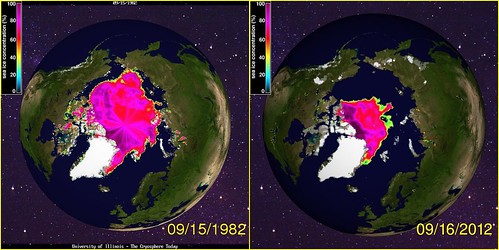The VDT's Sunday front page was covered with wastewater stories, continuing the circular firing squad of the local powers that be. Meanwhile in Dublin, GA, they're breaking ground for solar panels at the local high school, using a bond financing model that we could use here, if local leaders would look up.
 In addition to
some detail about the city's FEMA application
and
following up on flooded yards,
the VDT followed up on
its EPD and EPA scrutiny story
with one saying
City received help from EPD to keep EPA away.
It's good the VDT is covering these issues, but it's still leaving out
important parts of the local water story.
In addition to
some detail about the city's FEMA application
and
following up on flooded yards,
the VDT followed up on
its EPD and EPA scrutiny story
with one saying
City received help from EPD to keep EPA away.
It's good the VDT is covering these issues, but it's still leaving out
important parts of the local water story.
Apparently firing back at
 Thursday's Valdosta City Council session,
perhaps especially
Robert Yost's very pointed criticisms of the VDT,
the VDT concluded its
rather rich Sunday editoral:
Thursday's Valdosta City Council session,
perhaps especially
Robert Yost's very pointed criticisms of the VDT,
the VDT concluded its
rather rich Sunday editoral:
City leaders, please, no more of the blame game. The citizens of this community are imploring you to just accept responsibility and fix it.
Yet the VDT has spent the last week blaming the city, and has accepted no responsibility for its own role, or that of its editor, Kay Harris, in the recent loss of the SPLOST referendum that would have further funded wastewater work in Valdosta.
Now, I agree with the VDT that Continue reading












